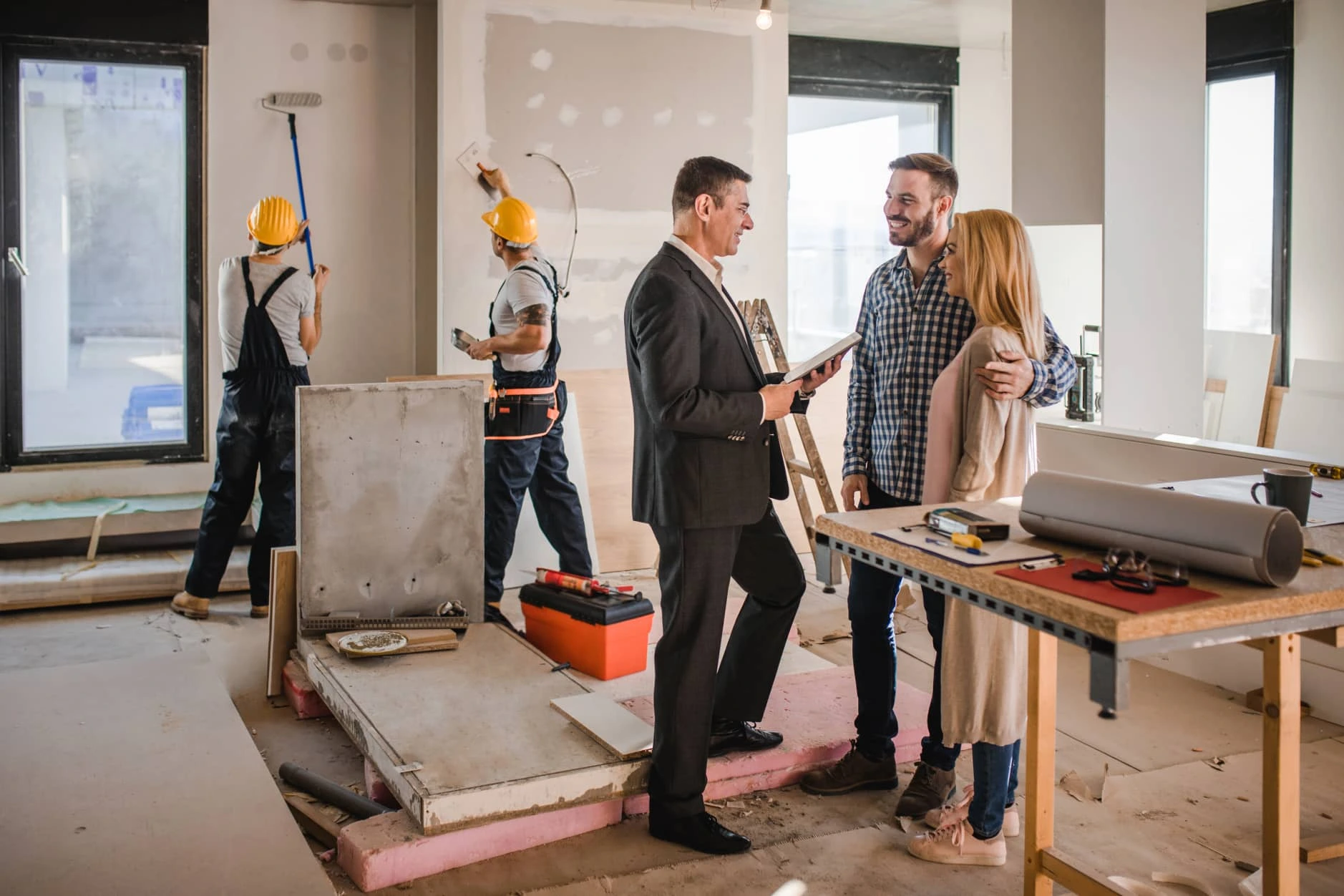7 Tips on value-preserving and value-enhancing investments
Value-preserving or value-enhancing? Anyone who is thinking about modernization or has already started it will inevitably come across this pair of words - at the latest when the tax return is due. In most cases, the information provided is more confusing than clarifying. We have summarized the most important tips and tricks for you!
09.08.20224min4min

Knowledge is power - or at least an advantage. This also applies to your renovation investments, because you can save a lot of money here. When it comes to your tax return at the latest, you should therefore know the difference between value-preserving and value-enhancing investments. You can deduct the former from your taxes.
One, the other - or both?
But how do you find out what kind of investment it is? Online, for example, specific measures are often listed as value-preserving or value-enhancing, but that's not helpful. After all, it may be one or the other, depending. Or, to make the confusion perfect, both.
Measures that serve to maintain a property are considered value-preserving. That is, they maintain the design and purpose of the property. In other words, and somewhat simpler, the property would lose value without these measures.
Value-enhancing measures, on the other hand, are those that are not necessary for maintenance. For example, they improve the long-term condition of the property, reduce operating costs or directly increase the value of the property. These usually include conversions or extensions.
You may now ask: What if I install a heat pump? Heating is necessary, so the investment preserves value. On the other hand, this investment also increases the value of the property and reduces operating costs.
These considerations are absolutely right - and they come up in many modernization projects. Modernization can be both value-preserving and value-increasing. For tax purposes, this is usually handled in such a way that the value-preserving portion of the investment is deductible, while the value-enhancing portion is not.
Tips for taxation
So, first of all, you should take a tax deduction for all investments that qualify. You can pay additional attention to this:
In most cantons and with the federal government, deductions for value-preserving measures can be deducted either effectively or as a lump sum. For newer buildings, a lump-sum deduction is more suitable, for older buildings an effective deduction. However, you should check and estimate this in any case.
For larger investments: Spread them over two years. This way, the deductions can be claimed in both tax years.
For smaller investments: If possible, combine them in one year. In this way, you may be able to exceed the amount of the lump-sum deduction.
Document the renovations as precisely as possible. On the one hand, this is to be able to substantiate the tax deductions for the value-preserving measures. On the other hand, also for the value-enhancing expenses: These can still be claimed in the property gains tax when selling the house.
As is well known, the regulations differ from canton to canton. It is therefore worth asking exactly how this is regulated in your canton.
Investments in a renovation fund are counted as value-preserving investments and can be deducted accordingly. But of course only once (and not again when the renovation is started).
In the case of renting: Value-preserving work cannot additionally be passed on to the tenants in the form of a higher rent.